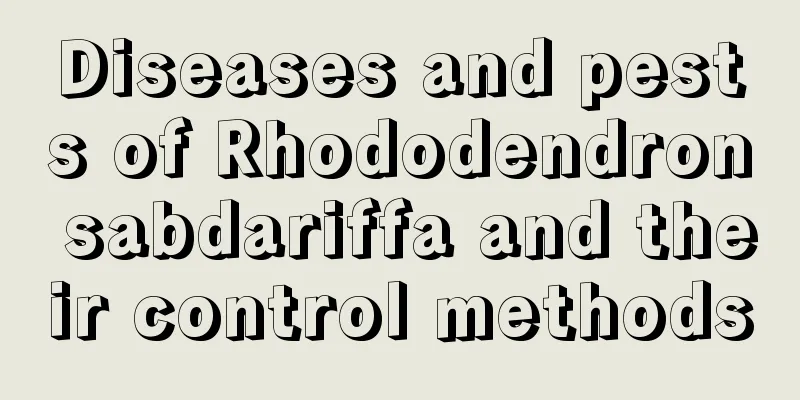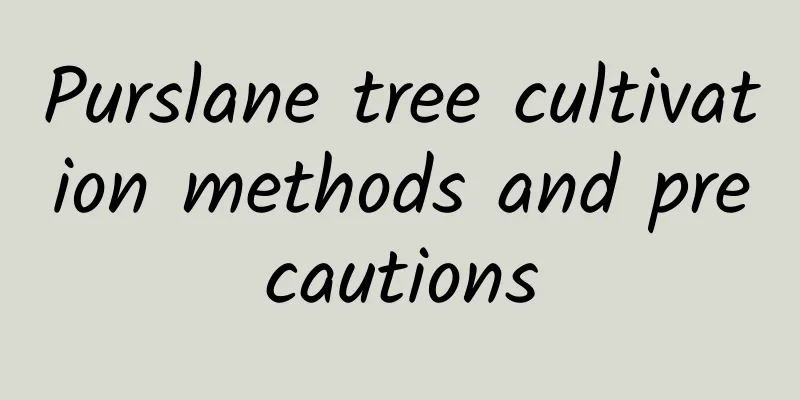Diseases and pests of Rhododendron sabdariffa and their control methods

Pests of Rhododendron sabdariffa: AphidssymptomAphids are one of the most common pests of Rhododendron sabdariffa. They may rarely appear in the wild under wind and sun, but the probability of aphids appearing in a hot and humid environment during home care will increase. When aphids appear, the leaves of the Rhododendron will be wiped out, turn yellow and fall off. In serious cases, the flowers and leaves will be densely covered with insects. This causes the flowers to wither prematurely. Prevention and treatment methodsAphids can occur throughout the year, so ensure that the environment is well ventilated and moist but not waterlogged. When a small amount of insect pests appear, wash them with clean water or soapy water, and remove the severely damaged leaves in time. When there are many aphids, spray fungicides in time. You can choose Aphid Cleaner, Flower Protector, etc. Pests of Rhododendron sabdariffa: Scarab beetlesymptomScarab beetles are generally more common in outdoor maintenance environments, so flower lovers who grow flowers on open balconies need to pay attention. The bright colors of the hollyhock easily attract insects when it blooms. Once it appears, it will pierce the branches and leaves of the plant, causing the leaves to wilt. Although it will not cause the death of the plant, it will affect its appearance. Prevention and treatment methodsEnsure that the maintenance environment is clean. Too much clutter will attract beetles. Spray the pesticide in time, spray the leaves or irrigate the roots, and sprinkle some powder around the plants to effectively reduce insect pests. Diseases of Rhododendron serrata: Soft rotsymptomWhen the disease occurs, the leaves of the plant droop and appear wilted, but they can return to normal on cloudy days or in the morning and evening, which can easily cause misunderstanding. But as the disease worsens, the plant loses its ability to recover, and large numbers of leaves turn yellow and fall off. In severe cases, the rhizomes may also rot. Prevention and treatment methodsBefore planting, disinfect the soil and bulbs, and disinfect and irrigate the roots every month to avoid the breeding of bacteria during the growth process. Prevent and control pests in time to avoid wound infection caused by pests. Spray the pesticide promptly after the disease occurs. In mild cases, remove the drooping leaves and spray with mancozeb solution. In severe cases, remove the plants promptly to avoid infecting other plants. |
<<: Cockscomb Pests and Control Methods
>>: Common Pests of Saxifraga and Their Control Methods
Recommend
How to control and maintain the condition of succulents
1. Sufficient light Of course it would be best if...
Who should not drink dandelion tea? What kind of body should not drink it?
1. People with allergies should not drink Althoug...
Can peas be grown hydroponically? Is hydroponics better or soil cultivation better?
Can peas be grown hydroponically? Peas can be gro...
How often should I water Schefflera?
How often should I water Schefflera? The frequenc...
Cultivation methods and precautions of witch hazel
How to grow witch hazel Soil selection Witch haze...
The growth environment and local conditions of Nanmu
Nanmu growth environment and conditions Nanmu is ...
What to do if the black orchid has root rot
Causes of root rot Overwatering The main reason f...
Cultivation Techniques of Wild Cherry Bonsai
How to make wild cherry bonsai 1. To make wild ch...
How to repot red cardinal coral
The soil conditions required for repotting red ca...
How to plant longan seeds in pots
Cleaning longan seeds First of all, after taking ...
Autumn cultivation of white orchid
1. Give sunshine The intensity of the sun gradual...
Is it suitable for small pots or small pots?
Is it better to use a large or small pot for lili...
Juicy forage growing conditions and characteristics
Juicy Forage Growing Conditions Juicy forage gras...
Is sweet potato a fruit or a vegetable?
Is white sweet potato a fruit or a vegetable? Whi...
The difference between dog tail red and cat tail red
The difference between dog tail red and cat tail ...









